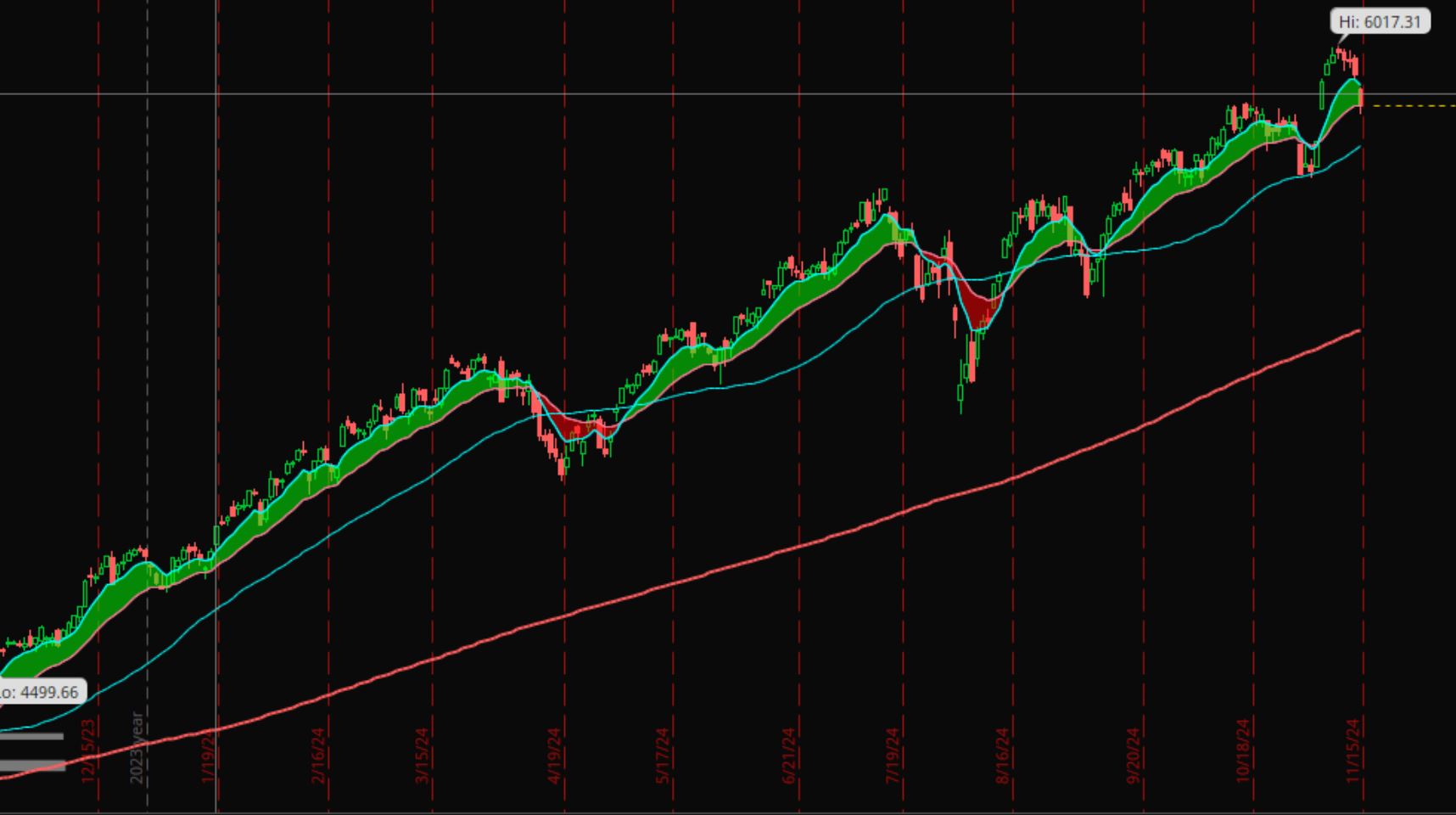Understanding macroeconomic trends is vital for long-term investors. These trends shape the market environment, influence sectors, and affect company growth and profitability. By staying informed, you can navigate challenges and seize opportunities.
1. Interest Rates
Interest rates directly influence borrowing costs, corporate profits, and consumer spending.
Impact on Stocks:
Growth Stocks: Higher rates reduce the present value of future cash flows, making growth stocks (e.g., tech) less attractive.
Value Stocks: More stable in high-rate environments, often performing better.
Sector Impacts: Rate hikes favor financials and utilities, while rate cuts stimulate growth sectors like technology and consumer discretionary.
2. Inflation Trends
Inflation erodes purchasing power but can benefit certain industries.
Impact on Stocks:
Winners: Companies with strong pricing power (e.g., healthcare, consumer staples) can pass higher costs to customers.
Losers: Growth companies may struggle if costs rise faster than revenue growth.
3. Economic Cycles
Markets follow cycles of expansion, contraction, recession, and recovery. Recognizing the cycle can guide strategic asset allocation.
Phases and Opportunities:
Expansion: Rising GDP, low unemployment, strong consumer spending. Growth stocks and cyclical sectors (e.g., tech, retail) thrive.
Contraction/Recession: Declining GDP, rising unemployment. Defensive sectors (e.g., healthcare, utilities) and dividend-paying stocks perform better.
Recovery: Early signs of growth. Small-cap stocks and higher-risk investments may outperform.
4. Global Geopolitical Events
Geopolitical issues like trade wars, supply chain disruptions, and policy changes can create volatility and sector-specific challenges.
Examples:
Trade Tensions: Hurt exporters and companies with significant overseas revenue.
Supply Chain Disruptions: Affect industries like semiconductors, automotive, and electronics.
5. Federal Reserve Policies
The Federal Reserve (Fed) plays a crucial role in shaping the economy and financial markets through its monetary policies. Two major tools the Fed employs are Quantitative Easing (QE) and Quantitative Tightening (QT)—both of which significantly impact liquidity, interest rates, and investor behavior.
Quantitative Easing (QE)
Quantitative Easing occurs when the Federal Reserve buys large amounts of government bonds, mortgage-backed securities, or other financial assets from the open market.
Purpose:
- To inject liquidity into the financial system.
- To lower long-term interest rates, encouraging borrowing and spending.
- To stimulate economic growth during recessions or periods of sluggish growth.
Impact on Markets:
- Increased Liquidity: Easier access to capital typically boosts stock prices, particularly for growth and riskier assets.
- Lower Yields: Bonds become less attractive as yields drop, pushing investors toward equities for higher returns.
- Weaker Dollar: QE can weaken the currency, benefiting exporters and multinational corporations.
Quantitative Tightening (QT)
Quantitative Tightening is the opposite of QE, where the Federal Reserve reduces its balance sheet by selling bonds or allowing them to mature without reinvesting.
Purpose:
- To reduce excess liquidity in the financial system.
- To combat inflation by tightening financial conditions.
- To gradually normalize monetary policy after periods of stimulus.
Impact on Markets:
- Reduced Liquidity: Less money flowing through the system can lead to higher volatility and lower stock prices.
- Higher Interest Rates: Borrowing costs increase, which can hurt capital-intensive sectors like technology and real estate.
- Stronger Dollar: QT often strengthens the currency, making exports more expensive and impacting global trade dynamics.
Key Considerations for Long-Term Investors
Market Environment: During QE, market sentiment is typically positive, favoring growth stocks and riskier assets. Conversely, QT creates a more challenging environment, favoring value stocks, dividend-paying companies, and defensive sectors like utilities and healthcare.
Inflation and Rates: QE is often used to combat deflation, while QT aims to control inflation. Investors should monitor these policies alongside inflation trends and interest rate changes.
Long-Term Strategy: While QE and QT can create short-term market volatility, long-term investors should focus on fundamentals and avoid reacting emotionally to these policy shifts.
6. Sector-Specific Sensitivities
Different sectors respond uniquely to macroeconomic trends:
- Consumer Discretionary: Sensitive to economic downturns and rising interest rates.
- Technology: Affected by rate hikes and global competition.
- Healthcare: Recession-resistant due to steady demand.
- Energy: Highly influenced by geopolitical events and commodity prices.
Key Takeaway:
Macro trends are valuable for refining your investment strategy but shouldn’t dictate your decisions entirely. Stay diversified, focus on fundamentals, and align your portfolio with your long-term goals.












Leave a Reply